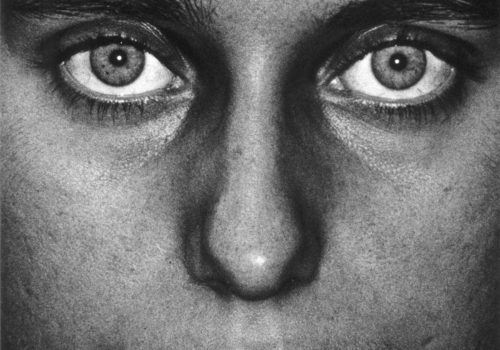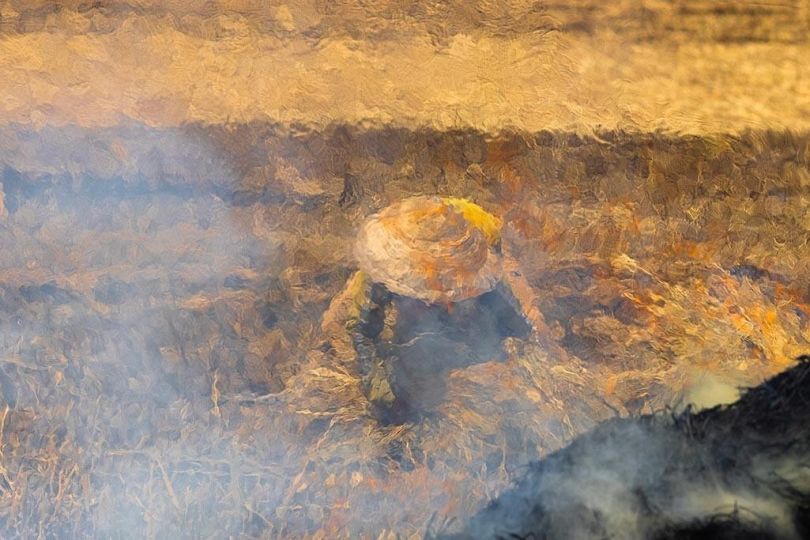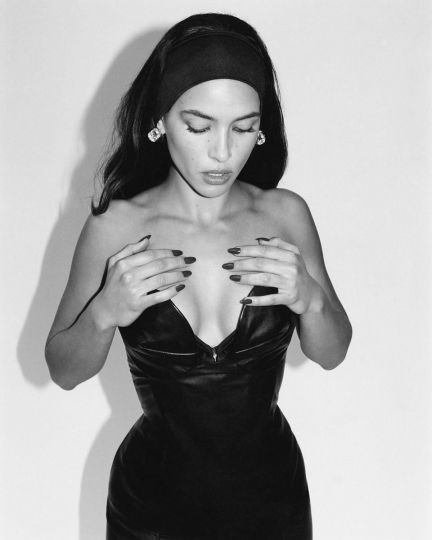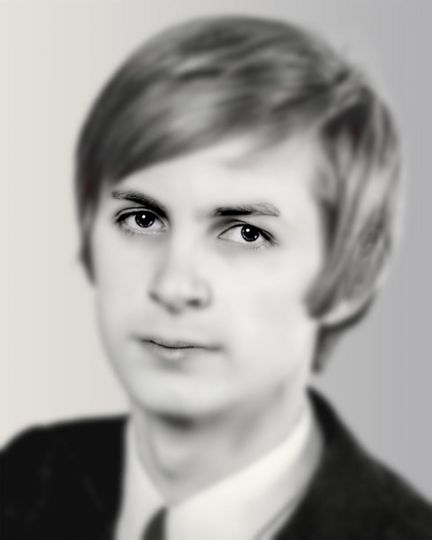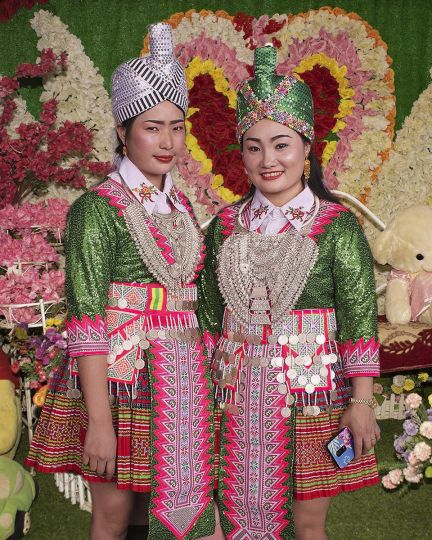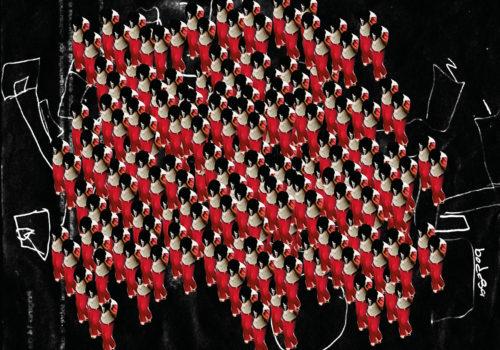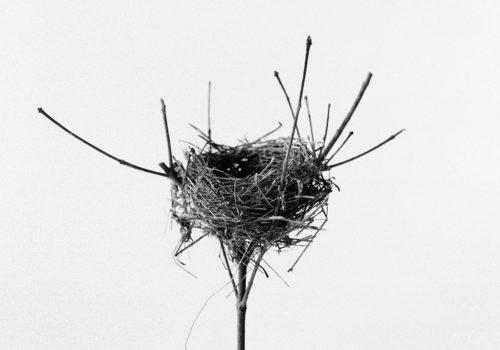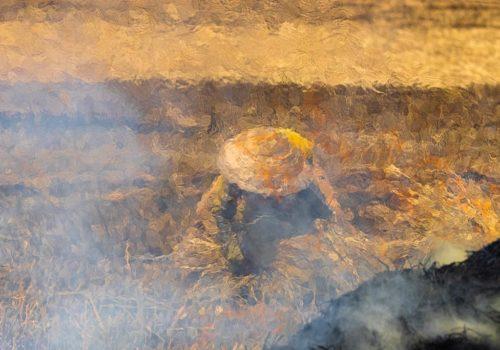Japanese California-based photographer Ken Ohara (b. 1942) is known as an innovator who expands the boundaries of photographic portraits to the extent that our familiar perceptions of others and ourselves become precarious. Since the 1960s, Ohara has been photographing strangers, friends, families, and himself. For each project, Ohara sets up a conceptual procedure, accumulates images in a volume, and presents them in a variety of discrete formats.
ONE (1970), his best-known work, emerged as a thick softbound book resembling the Manhattan telephone directory. With no caption or explanatory text, closely framed human faces appear on page after page, 504 anonymous headshots captured on the New York streets. These strangers’ diverse yet uniformly positioned eyes, noses, and mouths challenge our conventional notion of physiognomy.
In 1998 Ohara revisited ONE, creating 52 new 24″ by 20″ prints from the original negatives. He treated each individual print with great care, emphasizing the details of human skin, piercing eyes, and other intricate facial features. Compared to the earlier prints from the 1970s, these later prints have a darker metallic tone. This exhibition highlights a selection of these reinterpreted ONE prints, as well as the monumental piece Grain (1993), a composite face made of 81 cut photo-sheets.
Extreme Portraits 1970-1999, an exhibition now on view at Miyako Yoshinaga Gallery in New York includes other types of Ohara’s work created between 1972 and 1999. Diary (1972), never before presented to the public, features a daily self-portrait paired with a landscape/figure/still-life shot on the same day over the course of nearly one year. The work, shown as a 2″x 1.5″ folded book, reveals personal images often of himself and his wife together. In with (1999), another counterpoint of the ONE series, the portrait is softly lit, loosely composed, and the facial features of the person are mysteriously obscured. In fact, Ohara requested his models (a total of 100 friends, acquaintances, and strangers.) to be exposed to his 4 x 5 camera for exactly 60 minutes; thus, the portrait becomes a shared experience and collaborative work between photographer and subject. Ohara’s innovative photographic practice continues to redefine photography as an enduring vehicle of social visual communication.
Ken Ohara, Extreme Portraits 1970-1999
March 2– April 15, 2017
Miyako Yoshinaga Gallery
547 W 27th St #204
New York, NY 10001
USA

